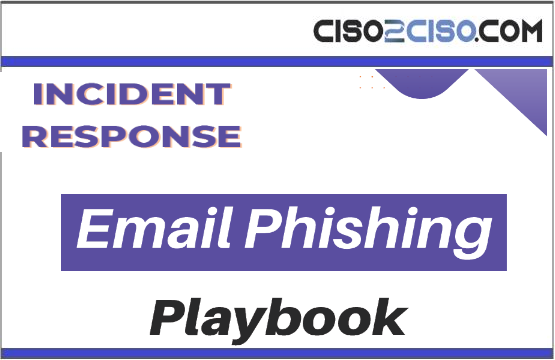Rate this post
The document outlines a structured approach to addressing phishing threats that jeopardize organizational security and increase the risk of data breaches.
- Problem Statement: Phishing emails pose significant risks to organizational security, leading to potential data compromises.
- Preparation: It emphasizes the importance of educating employees on identifying phishing emails and implementing email filtering tools to mitigate risks.
- Investigation: The process involves analyzing suspicious emails and determining the scope of phishing campaigns to understand the threat better.
- Remediation: Actions include disabling compromised accounts and removing phishing emails from inboxes to prevent further damage.
- Containment: This step focuses on isolating affected systems from the network and monitoring user activity to limit the spread of the attack.
- Eradication: It involves scanning systems for malware, applying security patches, and resetting compromised passwords to secure the environment.
- Recovery: The final phase includes restoring data from backups and conducting post-incident analyses to improve future responses.
- Conclusion: The document concludes that implementing a structured incident response protocol enhances the organization’s ability to effectively respond to phishing incidents and minimize their impact.
Views: 17




















































